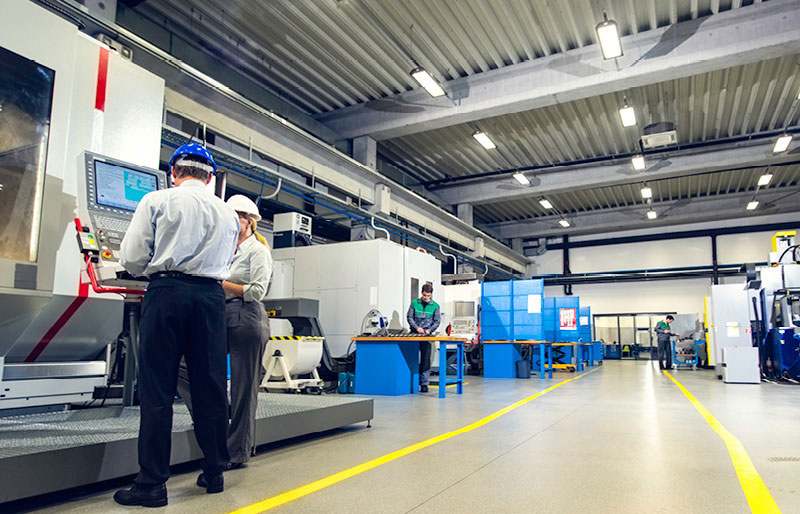
Companies can’t compete with costly tax credit
DB Tools* is based in Brandon, Manitoba, employs 160 people, and makes high-quality components for the mining industry. The company competes in this niche area with companies from around the world, especially the United States and Europe, and increasingly China.
DB's biggest U.S. competitor recently leveraged U.S. tax policy changes that allowed it to immediately write off the full cost of investment in new equipment, speeding up production and improving its product quality.
To stay competitive, DB Tools wanted to expand its own investments in developing talent and acquiring new equipment. The company looked to Canada’s tax system for support, but had little success:
- The previous year, the company had invested in equipment upgrades but missed out on the Manitoba manufacturing investment tax credit. They hadn’t realized they were eligible before the deadline had passed.
- DB Tools has a good relationship with the local college, providing co-op and apprenticeship opportunities to its students. But earning the credits for taking on apprentices and co-ops involves a lot of work to figure out which program applies to their students’ roles and to complete all the forms correctly.
- In the past, DB Tools succeeded in getting credits for research and development, but their last applications were refused after a time-consuming audit.
A small company like DB Tools has many ways to gain support through the tax system, and these can make a big difference. Yet identifying what provincial and federal credits they qualify for and submitting the right paperwork are significant impediments. When companies weigh the time and money they need to invest to claim these credits against the likelihood of success, it can be touch-and-go as to whether the investment is worthwhile.
*This is a real case study received from a CPA member. Names and places have been changed to protect privacy and sensitive financial information.